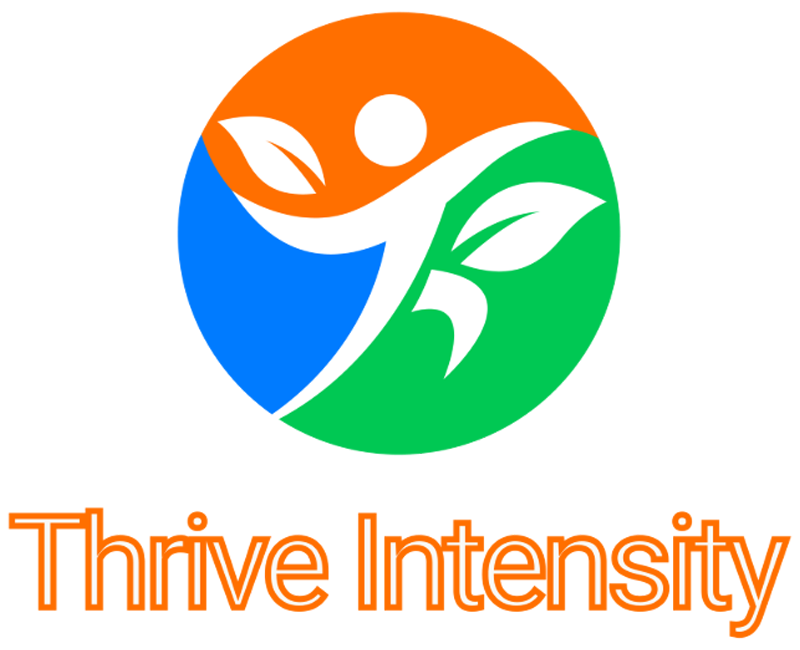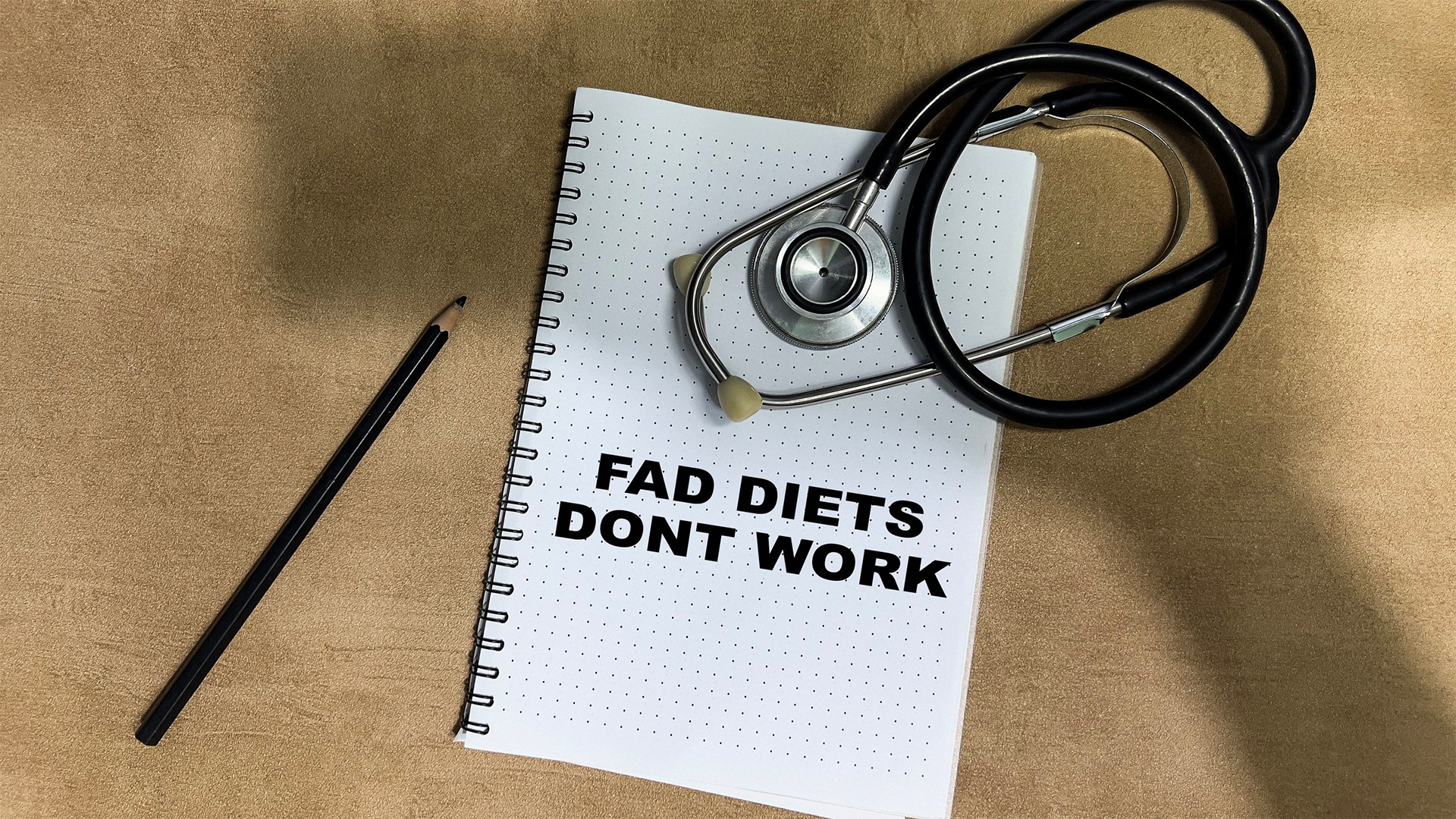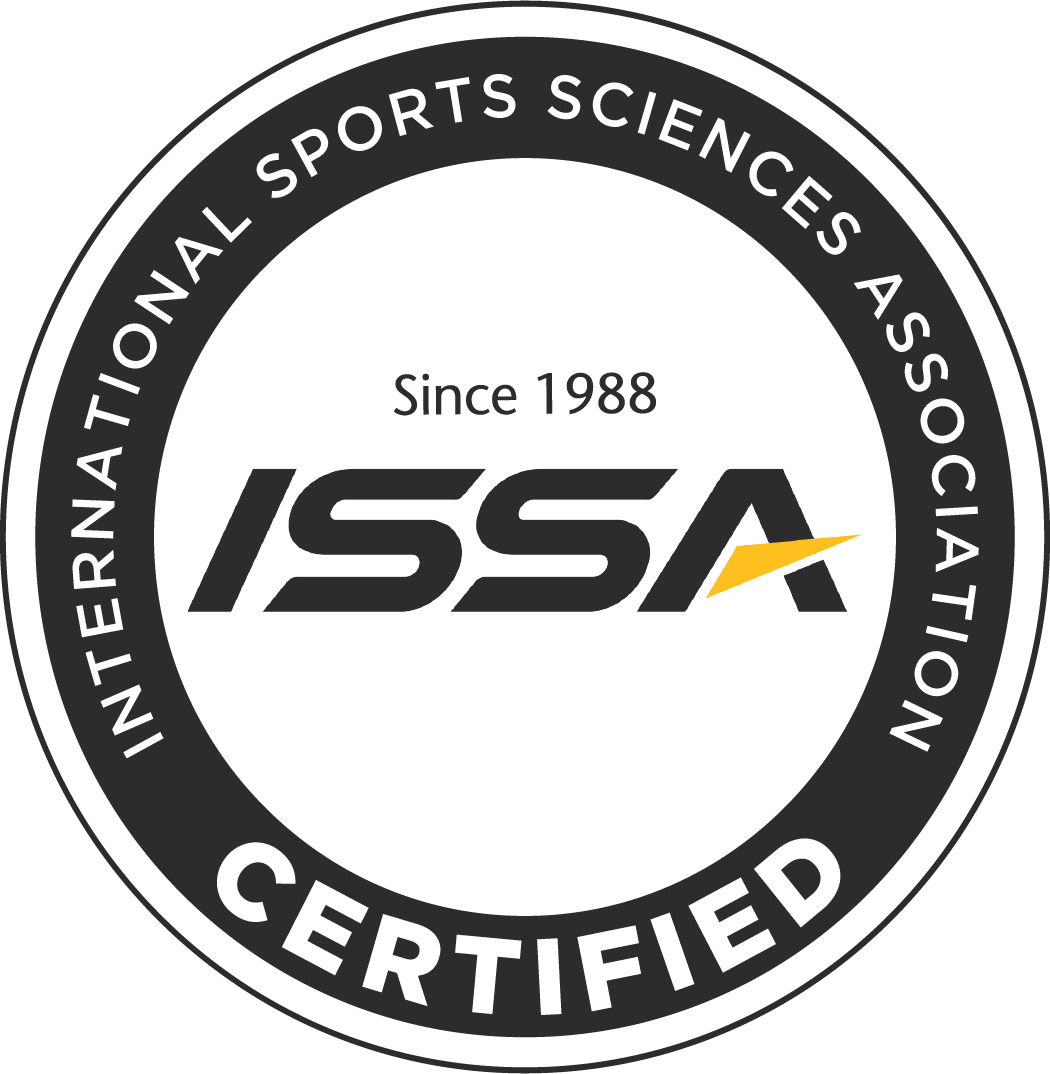
Intermittent Fasting: Can It Fit Into a Healthy Nutrition Plan?
Intermittent fasting (IF) has become one of the most talked-about trends in the health and wellness world—and for good reason. From weight loss and blood sugar balance to improved energy and digestion, many people are turning to IF not just as a tool for fat loss, but as a long-term approach to healthier living.
But like any strategy, intermittent fasting isn’t a magic bullet. It works best when it’s tailored to your lifestyle, aligned with your body’s needs, and paired with smart, balanced nutrition. So how does IF actually work, and how can you integrate it into your nutrition plan in a healthy, sustainable way?
Let’s dive into the science, the benefits, the considerations—and how to make intermittent fasting work for you.
What Is Intermittent Fasting, Exactly?
Intermittent fasting isn’t a “diet” in the traditional sense. It’s a structured eating pattern that cycles between periods of eating and fasting. You’re not necessarily changing what you eat (though quality food choices matter)—you’re changing when you eat.
Popular methods include:
16:8 Method: Fast for 16 hours, eat within an 8-hour window (e.g., eat from 12 p.m. to 8 p.m.)
14:10 Method: A gentler approach, with a 14-hour fast and a 10-hour eating window.
5:2 Method: Eat normally 5 days per week and reduce calories significantly (usually around 500–600) on 2 non-consecutive days.
Alternate-Day Fasting: Rotate between fasting and non-fasting days.
OMAD (One Meal A Day): More extreme, typically not recommended for long-term use.
The goal of intermittent fasting is to give the body regular breaks from constant digestion, allowing it to focus on repair, hormone regulation, and metabolic balance.
Potential Benefits of Intermittent Fasting
Research on intermittent fasting is still evolving, but current evidence and real-world experience suggest several potential benefits:
✅ Weight Loss & Fat Burning
When done consistently, IF can help reduce overall caloric intake and improve insulin sensitivity—key factors in fat loss. During fasting, insulin levels drop, prompting the body to tap into stored fat for fuel.
✅ Blood Sugar & Insulin Regulation
Several studies have shown that IF can improve fasting blood glucose and reduce insulin resistance, especially in people at risk for type 2 diabetes.
✅ Cellular Repair & Inflammation
Fasting may trigger autophagy, a cellular “cleanup” process that removes damaged cells. It may also help reduce markers of inflammation.
✅ Mental Clarity & Energy
Many people report feeling more focused and energized once their body adjusts to fasting. This may be due to more stable blood sugar levels and less post-meal sluggishness.
✅ Simplicity & Structure
For those who struggle with constant snacking or late-night eating, IF can create healthy boundaries that make it easier to maintain mindful eating habits.
But… It’s Not for Everyone
Before jumping in, it’s important to note: intermittent fasting isn’t ideal for everyone.
You should avoid or modify IF if you:
Have a history of disordered eating
Are pregnant or breastfeeding
Have blood sugar issues or take medications affected by meal timing
Are underweight or have nutrient deficiencies
Experience high stress or sleep disruptions (fasting can sometimes worsen both)
As with any nutritional strategy, personalization is key. If fasting makes you feel weak, irritable, or overly food-obsessed, it may not be the right fit—or may need a gentler approach.
How to Integrate Intermittent Fasting into a Healthy Nutrition Plan
Fasting can complement a healthy diet—but it’s not a substitute for good nutrition. The quality of what you eat during your eating window matters just as much as when you eat.
Here’s how to do IF the healthy way:
🥗 1. Focus on Nutrient-Dense Foods
When you’re eating fewer meals, every bite counts. Prioritize whole, nourishing foods rich in vitamins, minerals, fiber, and protein. Think:
Lean proteins (chicken, fish, tofu, eggs)
Healthy fats (avocados, olive oil, nuts)
Fiber-rich carbs (vegetables, fruits, legumes, whole grains)
Plenty of water and herbal teas
🕰️ 2. Start Slow and Find Your Rhythm
If you’re new to IF, don’t dive into a 16:8 schedule right away. Try a 12:12 split (eat within a 12-hour window) and gradually increase fasting time as your body adapts. Tune in to your hunger, energy, and stress levels.
🧠 3. Don’t Ignore Hunger Cues
Fasting isn’t about suffering. If you’re truly hungry, it’s okay to eat. The goal is to improve your relationship with food—not punish yourself.
💧 4. Stay Hydrated
It’s easy to forget to drink water when you’re not eating. Hydration helps with digestion, energy, and appetite control. Add lemon or electrolytes if needed.
🥣 5. Break Your Fast Mindfully
Avoid breaking your fast with heavy, ultra-processed meals. A balanced meal with protein, fiber, and healthy fats will keep blood sugar stable and prevent energy crashes.
Examples:
Greek yogurt with berries and chia seeds
Eggs and avocado on whole-grain toast
A smoothie with greens, protein powder, and nut butter
🧘♀️ 6. Listen to Your Body & Be Flexible
Your needs may shift with your cycle, schedule, and stress levels. It’s okay to take a break from fasting on busy days or when your body needs more fuel. The best plan is one that supports consistency, not perfection.
Real-Life Application: Intermittent Fasting as a Tool, Not a Rule
Think of intermittent fasting as one possible tool in your nutrition toolbox—not a rigid rulebook. For some, it offers structure and control in a chaotic food environment. For others, it feels restrictive and stressful. Both experiences are valid.
As a Certified Nutrition Coach and RN, I’ve worked with clients who’ve found success with intermittent fasting—but only after building a strong foundation of nutrition, self-awareness, and mindset. IF is most effective when paired with:
Solid meal prep and planning
Balanced macronutrient intake
A healthy sleep routine
Stress management
A compassionate, flexible mindset
The Bottom Line
Intermittent fasting can be a powerful addition to a healthy nutrition plan—when done intentionally, mindfully, and in a way that supports your lifestyle and goals. It’s not a shortcut or a quick fix, but a structured approach that can help reset habits, improve metabolism, and support long-term health.
The key? Focus on what makes you feel your best—not just what’s trending.
If you’re curious about trying IF, start slow, fuel your body well, and pay attention to how you feel. And as always, if you have medical conditions or concerns, check in with a trusted healthcare provider or certified nutrition coach before making major changes.
💡 Want to explore whether intermittent fasting is right for you? Let’s work together to personalize a plan that helps you thrive—without the guesswork or overwhelm.










